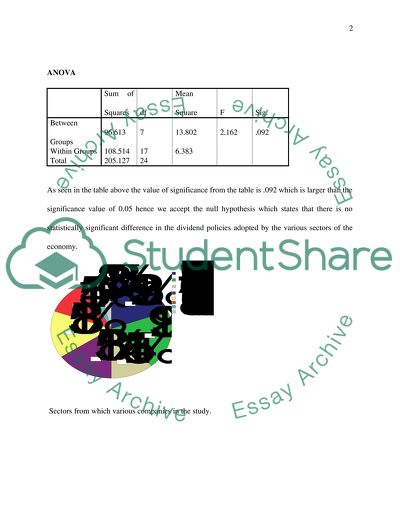Cite this document
(“The Effect of Recession on Dividend Policy Dissertation”, n.d.)
The Effect of Recession on Dividend Policy Dissertation. Retrieved from https://studentshare.org/finance-accounting/1400504-the-effect-of-recession-on-dividend-policy
The Effect of Recession on Dividend Policy Dissertation. Retrieved from https://studentshare.org/finance-accounting/1400504-the-effect-of-recession-on-dividend-policy
(The Effect of Recession on Dividend Policy Dissertation)
The Effect of Recession on Dividend Policy Dissertation. https://studentshare.org/finance-accounting/1400504-the-effect-of-recession-on-dividend-policy.
The Effect of Recession on Dividend Policy Dissertation. https://studentshare.org/finance-accounting/1400504-the-effect-of-recession-on-dividend-policy.
“The Effect of Recession on Dividend Policy Dissertation”, n.d. https://studentshare.org/finance-accounting/1400504-the-effect-of-recession-on-dividend-policy.


